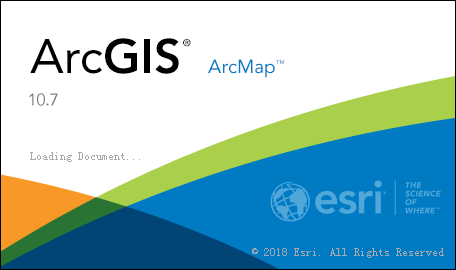Factors affecting transport system
In the
reconstruction of a region or a nation, transport systems invariably play a
vital role. The growth and development of transportation provides a medium,
contributing to the progress of agriculture, industry, commerce,
administration, defense, education, health or any other community activity.
Many of the regional characteristics that are influencing the layout of the
existing transformational system are the creation of their antecedent
transformational features.
The
present-day transport network has evolved out of the past framework because as
trail evolves successfully into the pioneer dirt road, then into the improved
farm road and finally, into the present day paved highways with heavy motor
traffic. Many factors are involved in the development of a transport system.
The present-day transport system of a country or a region cannot be explained
by one factor alone. In fact, services of interrelated factors are responsible
for the development of transport system as depicted in Figure 3.1.
White and Senior
(1983), in their book entitled, Transport Geography considered five basic
factors, which influence the growth and development of transport systems and
the ways in which changes take place.
These are:
1. The
historical factor – this involves the location and pattern of systems,
technological development, and institutional development and settlement, and
land-use patterns.
2. The
technological factor – the technological characteristics of each major
transport mode are considered together with a discussion of the effects of
technological advances.
3. The
physical factor – this includes physio-graphic controls upon route selection,
and geological and climatic influences.
4. The
economic factor – the structure and nature of transport costs are examined, together
with service quality and methods of pricing and charging.
5. Political
and social factors – these include political motives for transport facilities;
government involvement in capital, monopolies and competition, safety, working
conditions and coordination between modes; transport as and employer and the
social consequences of transport developments.
The above mentioned factors affect transport in
different ways, influencing each other as well as affecting transport systems
directly and indirectly. Transport systems themselves, together with the
physical environment within which they are set, also influence all these
different areas of human activity. Each factor may operate in a positive,
negative or neutral way; each may affect transport on different scales, from
the local to the global; and two basic dimensions time and space are involved.
The following table indicates examples of some of these factors:
In
considering the relative importance of factors affecting transport in a
particular county or area, geographers not only use general models but also emphasis the diversity of place, and the specific combination of factors,
which help to explain the development pattern of a transport system.
the above article has been collected from : http://www.geographynotes.com



Comments
Post a Comment